 Want green, healthy turf in the spring? Then you must fertilize correctly in the fall!
Want green, healthy turf in the spring? Then you must fertilize correctly in the fall!
Fall fertilization of turfgrass is extremely important, especially for cool season turfgrasses like Tall Fescue, Kentucky Bluegrass, and Perennial Rye. If you've been neglecting some of your lawns this summer, now is the time to get them back in shape!
This cheat sheet covers the role of fall fertilizer in programs for both warm season grasses and cool season grasses and when overseeding for winter. We'll also look at recommended fertilizer formulations separated by region.
Fertilizing Warm Season Grasses
Common species: Bermuda grass, Zoysia grass, and St. Augustine grass.
Where they grow: Southern U.S., e.g. Florida, Arizona, southern Texas, and southern California.
Seasonal growth pattern: These grasses grow actively starting in spring and through the summer. In most cases, they go completely dormant in winter unless they're overseeded with a cool season grass.
Fertilizing in fall: With warm season turf, it’s important to stick with fertilizing in the spring and summer, tapering off in fall.
These grasses often go dormant in the winter. So when warm season grasses are fertilized with applications of quick release nitrogen too late into the fall, their tissues are likely to become tender rather than harden off in preparation for the colder temperatures. This can result in damage to the turf and a poor spring recovery out of dormancy.
However a properly timed application of slow release nitrogen plus high potassium can aid in carbohydrate storage for the winter and increase turf density, meaning better spring recovery and defense against weed infestation.
Fertilizing Cool Season Grasses
Common species: Kentucky Bluegrass, Perennial Ryegrass, Bent Grass, Tall Fescue.
Where they grow: In true seasonal climates and coastal, temperate regions.
Seasonal growth pattern: These grasses grow most actively in the spring and in the fall. In true seasonal climates, particularly those that receive snow, these grasses go dormant during the winter. In a lot of coastal, more temperate regions, they will still grow through the winter, but typically a lot slower than in the spring and in the fall.
Fertilizing in fall: For cool season grasses, the fall fertilization is the most critical. If you only have one time you COULD fertilize each year, THIS should be it. A proper “Winterizer” containing slow release nitrogen aids in carbohydrate storage, resulting in a strong root system that is less susceptible to winter damage.
If the turf is still actively growing when winter comes, it’s ok to continue fertilizing, but it’s not really that important to overall turf health. It’s more about keeping the turf green and your customer happy.
Fertilization Timing When Overseeding
When overseeding warm season grasses like Bermuda with a different cool season turf (usually Perennial Ryegrass) to maintain color during the winter, it can be a challenge to time the fertilization both in fall and the following spring.
You need to get the Ryegrass down in early fall and the last thing you want is the Bermuda to continue growing as you're establishing the Ryegrass. At the same time, any new seed that you put down to keep your turf green through the winter months is going to need starter fertilizer to promote root growth and establishment. To successfully transition from one growing season to the other, the taper down period of the Bermuda is a period you’ll want to avoid fertilizing. Let that really die down so that your Ryegrass can come in with success.
Then once the spring comes around, it’s very hard for the Bermuda to start its upswing if the Ryegrass is still actively growing. You'll want to avoid fertilizing in that late spring window so the Ryegrass can slow down.
In the end, properly timing fertilization when overseeding isn’t just about the right times to fertilize, but also knowing the right times to avoid fertilizing.
Recommended Fall Fertilizer Formulations by Region
Arizona & Nevada
TurfGro 6-20-20 ProStarter
- Contains high phosphorus, which is essential for root growth and strong development of the plant, and low nitrogen to prevent burning new seedlings.
- Phosphorus naturally existing in the soil is immobile and unreachable by small roots, so a high-phosphorus fertilizer should always be applied at or shortly after planting.
TurfGro 21-0-7 Cool Season
- Maintain turf vigor throughout the cold months with this high nitrogen fertilizer, of which 10% is nitrate nitrogen for quick green-up.
- Compare to Turf Royale – same Nitrogen content but also with non-staining Iron for dark green color!
California
TurfGro 21-2-15 Winterizer
- 50% slow release nitrogen (from XCU and XRT) provides turf with sustained feeding from fall into winter.
- High potassium strengthens plant structure and builds winter stress resistance.
- Wolf Trax Iron provides immediate and residual feeding, with little to no stain potential.
TurfGro 6-20-10 ProStarter
- Contains high phosphorus, which is essential for root growth and strong development of the plant, and low nitrogen to prevent burning new seedlings.
- Phosphorus naturally existing in the soil is immobile and unreachable by small roots, so a high-phosphorus fertilizer should always be applied at or shortly after planting.
Colorado
TurfGro 21-2-15 Winterizer
- 50% slow release nitrogen (from XCU and Nutralene) provides turf with sustained feeding from fall into winter.
- High potassium strengthens plant structure and builds winter stress resistance.
- Non-staining iron provides deep green color.
TurfGro 15-15-15 Plant Pro
- A balanced fertilizer appropriate for seeding applications.
- Phosphorus naturally existing in the soil is immobile and unreachable by small roots, so a high-phosphorus fertilizer should always be applied at or shortly after planting.
Florida
TurfGro 16-0-8 Florida Turf
- The university recommended analysis for Florida lawns
- 50% slowly available Nitrogen from XCU polymer-coated-sulfur-coated urea provides uniform growth and sustained feeding
- Phosphorus-free formulation poses a lower risk of nutrient runoff to water sources and does not encourage weed germination
- High iron for additional quick color without flush growth
TurfGro 24-0-11 Florida Premium Turf
- 50% slow release Nitrogen from XCU polymer-coated-sulfur-coated urea provides uniform growth and sustained feeding
- Controlled release Nitrogen reduces the number of applications required, lowering labor and product costs
- Phosphorus-free formulation poses a lower risk of nutrient runoff to water sources and does not encourage weed germination
TurfGro 8-2-12 Premium Palm
- Specialty fertilizer formulated with a complete minors package to meet the needs of palms and other tropical plants
- Contains Kieserite – A controlled-release Magnesium source, which is university recommended to treat Magnesium deficiencies common in palms
- Nitrogen, Phosphorus and Potassium sources are polymer-coated, ensuring sustained feeding and low burn potential
Idaho & Eastern Washington
TurfGro 21-0-15 Winterizer
- 50% slow release nitrogen (from XCU and XRT)vprovides turf with sustained feeding from fall into winter.
- High potassium strengthens plant structure and builds winter stress resistance.
- Wolf Trax Iron provides immediate and residual feeding, with little to no stain potential.
- Phosphorus-free formulation meets WA regulation and does not encourage winter weed establishment.
TurfGro 12-8-6 Starter
- 50% organic-based starter fertilizer, with 2.5% of the nitrogen from organic sources.
- Ideal formula to promote proper development of new lawns and seedlings in overseed applications
Texas
TurfGro 22-8-15 Winterizer
- 63% slow release Nitrogen from XCU polymer-sulfur-coated urea provides sustained feeding from fall through winter, with emphasis on root—not shoot—development
- High potassium strengthens plant structure and builds winter stress resistance
TurfGro 5-5-20 Winterizer
- A low Nitrogen, high Potassium fertilizer best suited for fall application to St. Augustine lawns.
TurfGro 15-15-15 Plant Pro
- A balanced fertilizer appropriate for seeding applications.
- Phosphorus naturally existing in the soil is immobile and unreachable by small roots, so a high-phosphorus fertilizer should always be applied at or shortly after planting.
Need Help Finding the Right Fertilizer for One of Your Properties?



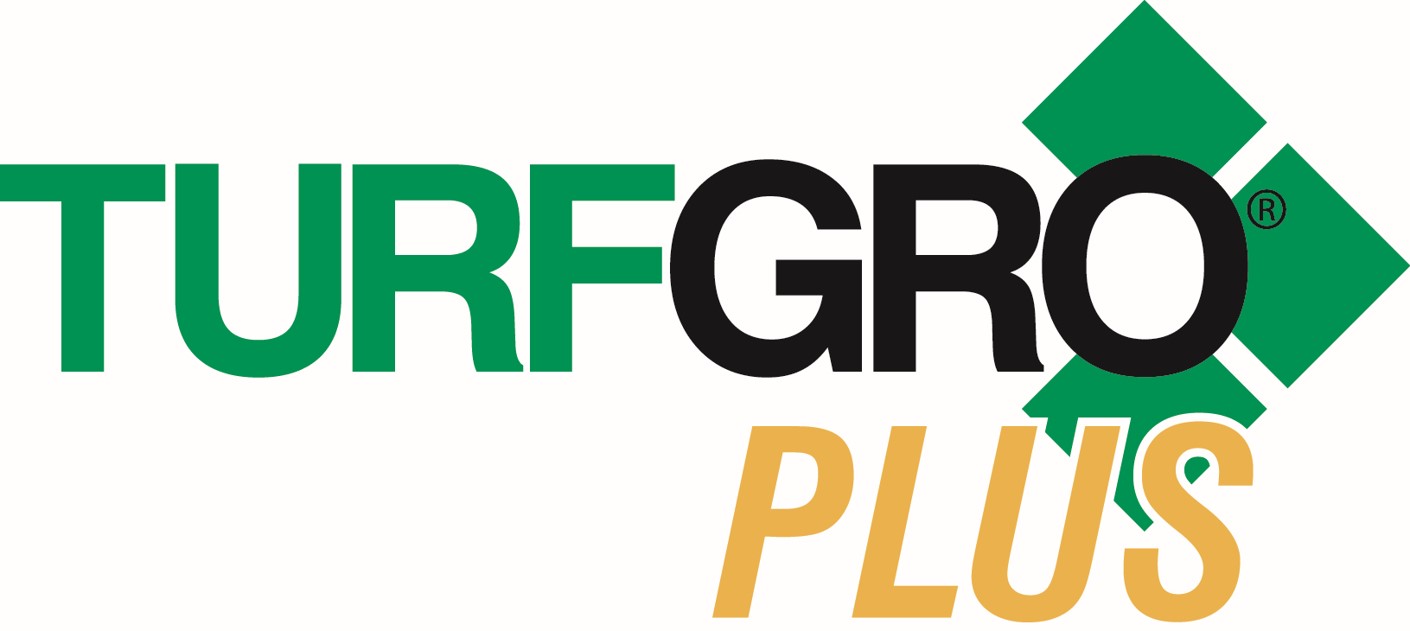
 If you're facing a situation where your turf needs fertilizer, but you can't water it in right away, using a fertilizer that is blended with the Sanctuary is an ideal solution. The Sanctuary is a high energy organic blending base that feeds the soil first and won't burn your turf.
If you're facing a situation where your turf needs fertilizer, but you can't water it in right away, using a fertilizer that is blended with the Sanctuary is an ideal solution. The Sanctuary is a high energy organic blending base that feeds the soil first and won't burn your turf.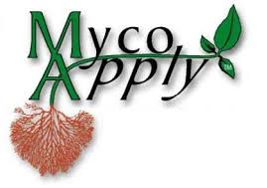 The word "mycorrhizae" literally means "fungus-roots" and reflects the mutually beneficial symbiotic relationship between specialized soil fungi and plant roots. In fact, about 95% of the world's plants form a mycorrhizal relationship in their native habitats.
The word "mycorrhizae" literally means "fungus-roots" and reflects the mutually beneficial symbiotic relationship between specialized soil fungi and plant roots. In fact, about 95% of the world's plants form a mycorrhizal relationship in their native habitats.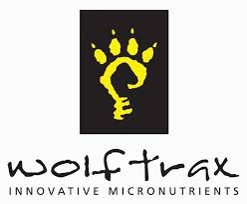 Thanks to its patented EvenCoat Technology, Wolf Trax Iron DDP is coated onto every granule in the fertilizer blend. This results in a blanket-like distribution of the nutrient and places the nutrients closer to plant roots for earlier uptake, allowing the turf to develop an even, deep green color.
Thanks to its patented EvenCoat Technology, Wolf Trax Iron DDP is coated onto every granule in the fertilizer blend. This results in a blanket-like distribution of the nutrient and places the nutrients closer to plant roots for earlier uptake, allowing the turf to develop an even, deep green color.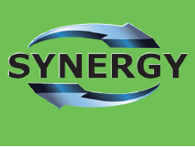 Aquatrols Synergy Technology is a unique patented combination of non ionic surfactants that was discovered while evaluating interactions between a variety of surfactant chemistries. This discovery yielded an exceptionally effective soil penetrant.
Aquatrols Synergy Technology is a unique patented combination of non ionic surfactants that was discovered while evaluating interactions between a variety of surfactant chemistries. This discovery yielded an exceptionally effective soil penetrant. Crystal Green is a slow release phosphorus source that will be added to our TurfGro Plant Pro Plus product line. When soil isn't providing enough phosphorus, roots can have a difficult time establishing and plants can struggle to recover from stress and disease.
Crystal Green is a slow release phosphorus source that will be added to our TurfGro Plant Pro Plus product line. When soil isn't providing enough phosphorus, roots can have a difficult time establishing and plants can struggle to recover from stress and disease.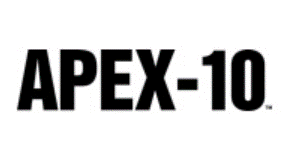 Apex-10 is an organic peat humic substance that will soon be added into our TurfGro Plus Starter fertilizer. A small amount of Apex-10 can make a big difference when you're laying sod or planting trees and shrubs.
Apex-10 is an organic peat humic substance that will soon be added into our TurfGro Plus Starter fertilizer. A small amount of Apex-10 can make a big difference when you're laying sod or planting trees and shrubs.
 To test your spreader's current application rate, measure out an area of 1000 sq ft.
To test your spreader's current application rate, measure out an area of 1000 sq ft.
 About Coast Landscaping Inc.
About Coast Landscaping Inc. Want green, healthy turf in the spring? Then you must fertilize correctly in the fall!
Want green, healthy turf in the spring? Then you must fertilize correctly in the fall!
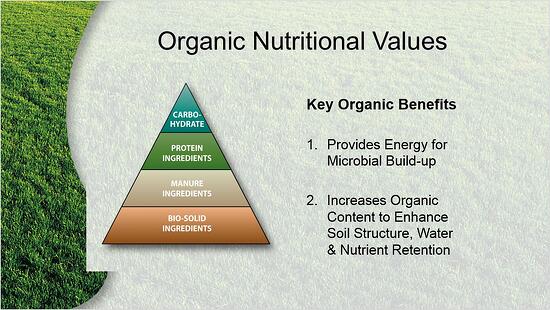
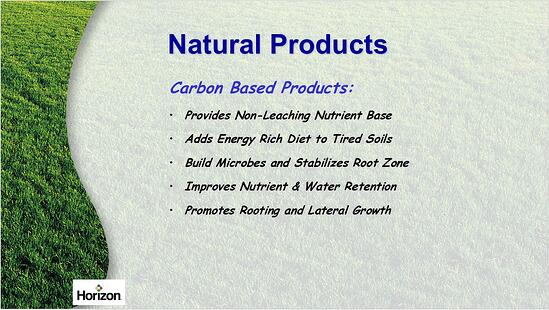

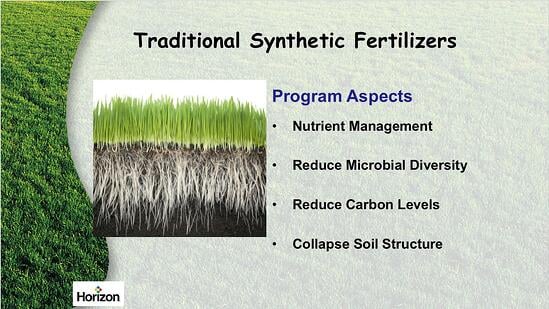
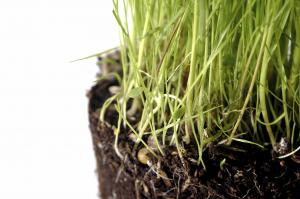 The type of nitrogen used in your fertilizer will directly impact both your costs and the health of the turf. Most turf experts recommend that at least half of a fertilizer's nitrogen content come from slow release sources.
The type of nitrogen used in your fertilizer will directly impact both your costs and the health of the turf. Most turf experts recommend that at least half of a fertilizer's nitrogen content come from slow release sources.